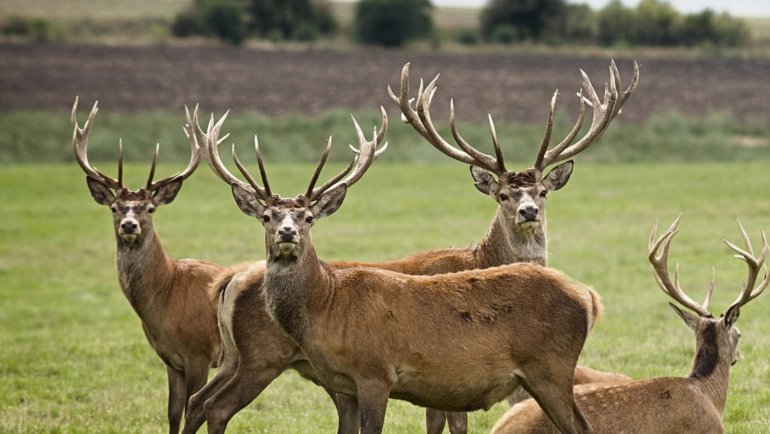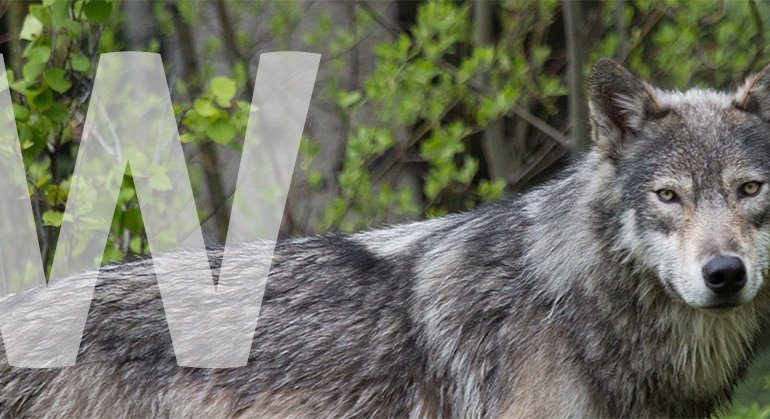The animal kingdom is full of vibrant, energetic creatures that captivate our imagination and inspire us with their lively behaviors. From the fastest land animals to the most acrobatic birds, these energetic animals showcase the incredible diversity and adaptability of life on Earth.
In this article, we will explore the top 10 most energetic animals, delving into their scientific names, types, conservation statuses, and some fascinating facts about each one.
10 Energetic Animals
1. Cheetah
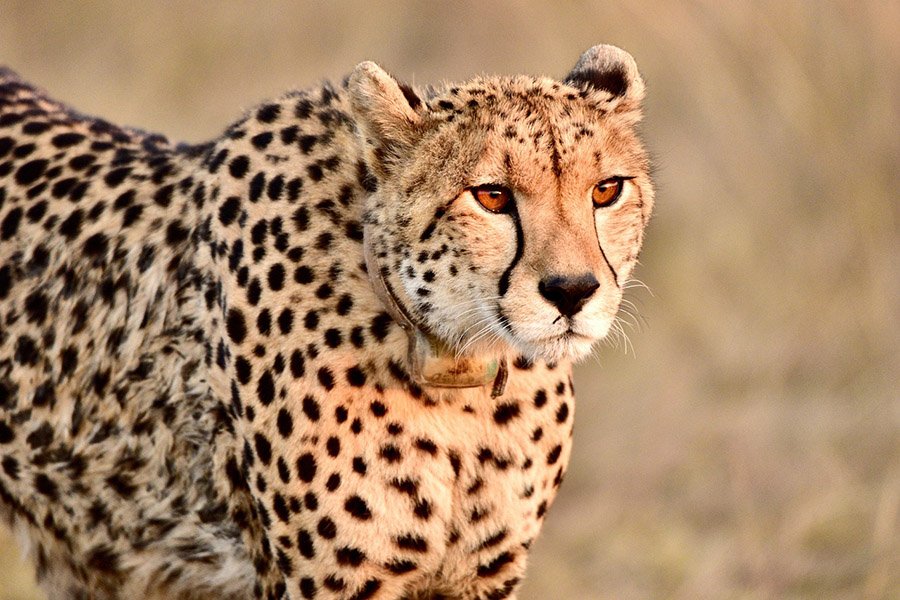
- Scientific name: Acinonyx jubatus
- Type of animal: Mammal
- Conservation status: Vulnerable
The cheetah is renowned as the fastest land animal, capable of reaching speeds up to 70 miles per hour. These sleek, graceful predators are built for speed, with long legs, a flexible spine, and large nasal passages to maximize oxygen intake. Cheetahs primarily hunt during the day, using their keen eyesight to spot prey from a distance before launching into a high-speed chase.
Despite their impressive speed, cheetahs face numerous threats in the wild, including habitat loss, human-wildlife conflict, and a limited gene pool. Conservation efforts are crucial to ensure the survival of this iconic species.
Did you know? Unlike most big cats, cheetahs cannot roar. Instead, they communicate through a variety of sounds, including purrs, chirps, and growls.
2. Hummingbird
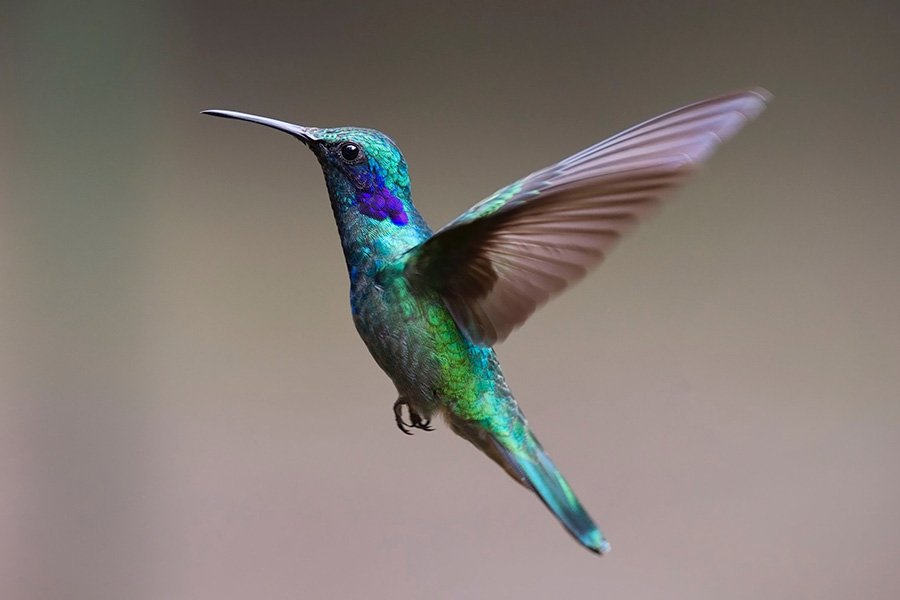
- Scientific name: Trochilidae (family)
- Type of animal: Bird
- Conservation status: Varies by species
Hummingbirds are tiny, vibrant birds known for their rapid wing beats, which can reach up to 80 beats per second. This incredible wing speed allows them to hover in place and maneuver with exceptional agility. Hummingbirds have a high metabolism, requiring them to consume large amounts of nectar daily to sustain their energy levels.
These colorful birds are also important pollinators, playing a crucial role in the ecosystem. Some species are facing threats from habitat destruction and climate change, making conservation efforts essential to protect these fascinating creatures.
Did you know? Hummingbirds can fly backwards, a unique ability among birds.
3. African Wild Dog
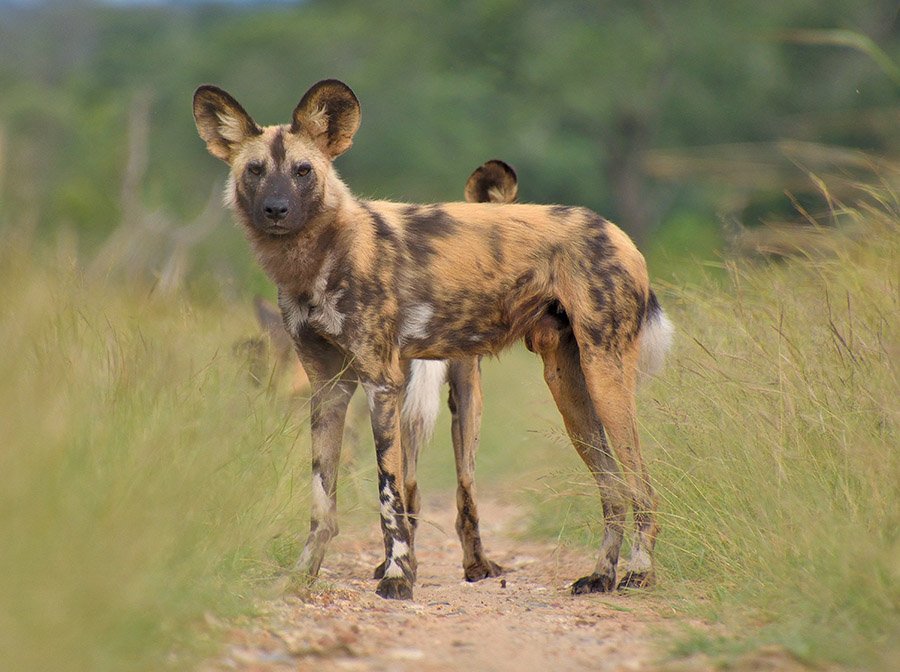
- Scientific name: Lycaon pictus
- Type of animal: Mammal
- Conservation status: Endangered
The African wild dog, also known as the painted wolf, is a highly social and energetic predator found in sub-Saharan Africa. These dogs are known for their stamina and teamwork, often running long distances to exhaust prey during hunts. They live in packs with a complex social structure and communicate through a series of vocalizations and body language.
African wild dogs are facing significant threats from habitat fragmentation, human-wildlife conflict, and diseases such as rabies and distemper. Conservation programs aim to protect their remaining populations and restore their habitats.
Did you know? African wild dogs have a hunting success rate of around 80%, making them one of the most efficient predators in the animal kingdom.
4. Arctic Tern
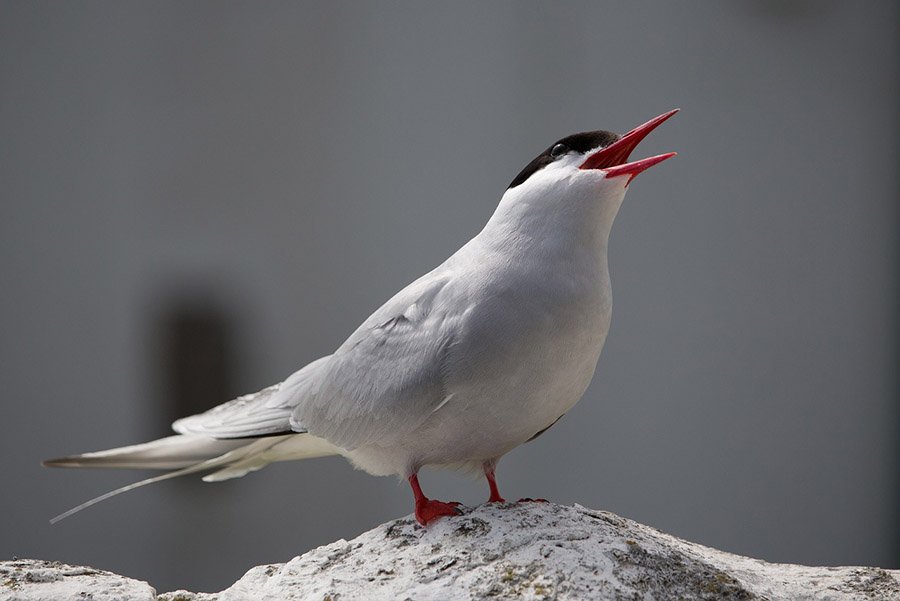
- Scientific name: Sterna paradisaea
- Type of animal: Bird
- Conservation status: Least Concern
The Arctic tern holds the record for the longest migration of any bird, traveling from its breeding grounds in the Arctic to the Antarctic and back each year—a round trip of about 25,000 miles. This incredible journey requires immense energy and endurance, particularly as they navigate through various climates and weather conditions.
Arctic terns are known for their graceful flight and agile hunting techniques, often diving into the water to catch fish and other small marine creatures. Despite their arduous migration, they are relatively abundant, though some populations are affected by climate change and human activities.
Did you know? Arctic terns experience more daylight than any other animal, seeing two summers each year due to their migratory path.
5. Dolphin
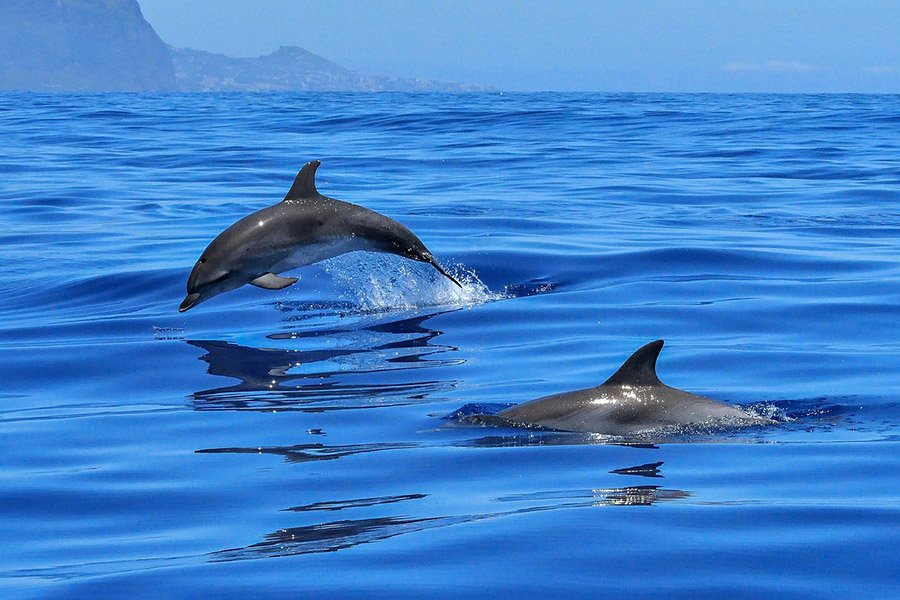
- Scientific name: Delphinidae (family)
- Type of animal: Mammal
- Conservation status: Varies by species
Dolphins are highly intelligent and energetic marine mammals known for their playful behavior and impressive acrobatics. They are social creatures, often living in pods and communicating through a series of clicks, whistles, and body movements. Dolphins are also known for their high-speed swimming, capable of reaching speeds up to 20 miles per hour.
These marine mammals play a crucial role in maintaining the health of ocean ecosystems, but face threats from pollution, fishing nets, and habitat degradation. Conservation efforts aim to protect these dynamic creatures and their habitats.
Did you know? Dolphins have been observed using tools, such as sponges, to protect their snouts while foraging on the seafloor.
6. Red Kangaroo

- Scientific name: Macropus rufus
- Type of animal: Mammal
- Conservation status: Least Concern
The red kangaroo is the largest marsupial and one of the most iconic animals of Australia. Known for their powerful hind legs and bounding gait, red kangaroos can leap over 25 feet in a single bound and reach speeds of up to 35 miles per hour. These energetic creatures are well-adapted to the arid environments of Australia, often traveling long distances in search of food and water.
Red kangaroos live in groups called mobs, which provide social structure and protection from predators. While they are not currently endangered, their populations can be affected by droughts, habitat destruction, and hunting.
Did you know? Red kangaroos can survive long periods without water by extracting moisture from the plants they eat.
7. Pronghorn
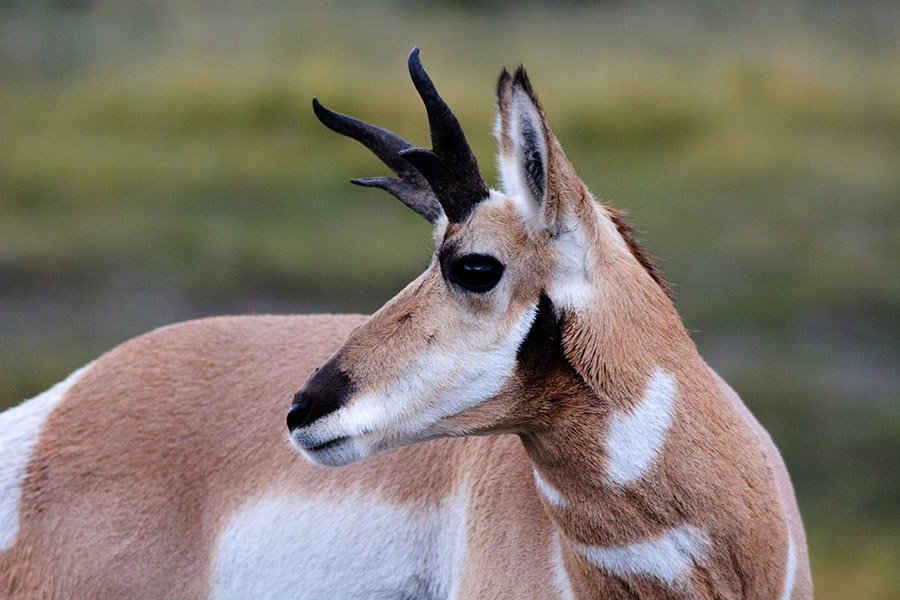
- Scientific name: Antilocapra americana
- Type of animal: Mammal
- Conservation status: Least Concern
The pronghorn is the fastest land animal in North America, capable of reaching speeds up to 55 miles per hour. These antelope-like creatures have exceptional endurance and can maintain high speeds over long distances, making them well-suited to the open plains and deserts where they live.
Pronghorns have large eyes that provide a wide field of view, helping them detect predators from afar. They are also known for their unique horns, which are shed and regrown annually. While their populations are generally stable, habitat fragmentation and barriers such as fences can pose challenges to their migratory patterns.
Did you know? Pronghorns are not true antelopes but belong to a unique family called Antilocapridae, which is found only in North America.
8. Peregrine Falcon
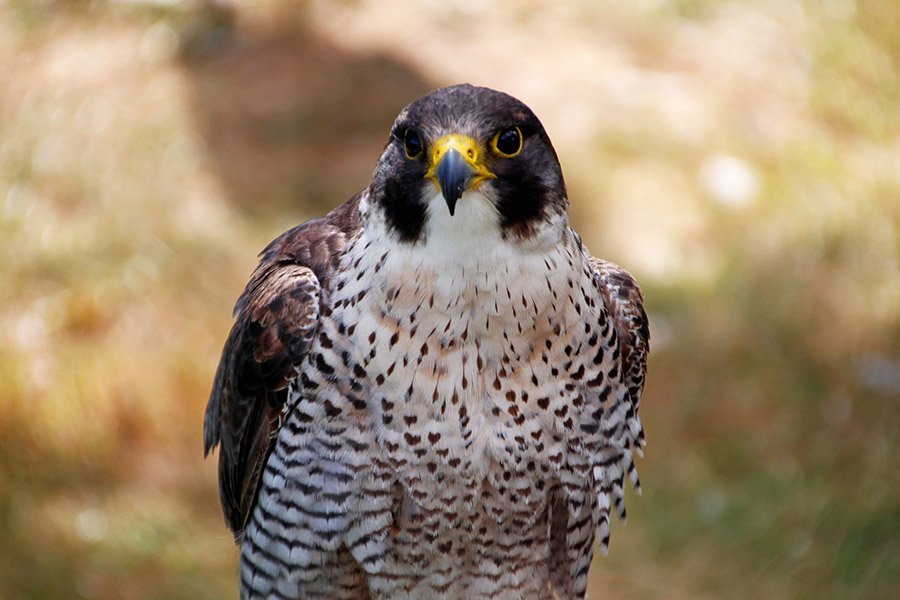
- Scientific name: Falco peregrinus
- Type of animal: Bird
- Conservation status: Least Concern
The peregrine falcon holds the title of the fastest bird in the world, capable of reaching speeds over 240 miles per hour during its hunting stoop (high-speed dive). These raptors have keen eyesight, allowing them to spot prey from great distances and execute precise, high-speed attacks.
Peregrine falcons are found on every continent except Antarctica and have successfully adapted to urban environments, often nesting on tall buildings and bridges. Conservation efforts have helped their populations recover from the brink of extinction due to pesticide use.
Did you know? Peregrine falcons have a special bony tubercle in their nostrils that helps regulate airflow and prevent lung damage during high-speed dives.
9. Antelope Jackrabbit

- Scientific name: Lepus alleni
- Type of animal: Mammal
- Conservation status: Least Concern
The antelope jackrabbit is a large hare found in the deserts and grasslands of the southwestern United States and northern Mexico. Known for their powerful hind legs, these hares can leap over 10 feet in a single bound and run at speeds up to 45 miles per hour. Their large ears help regulate body temperature in the hot desert climate.
Antelope jackrabbits are primarily nocturnal, foraging for food at night to avoid the heat of the day. They are well-adapted to their arid environment, surviving on a diet of grasses, cacti, and other vegetation.
Did you know? Antelope jackrabbits can survive without drinking water, obtaining all the moisture they need from their food.
10. Bottlenose Dolphin
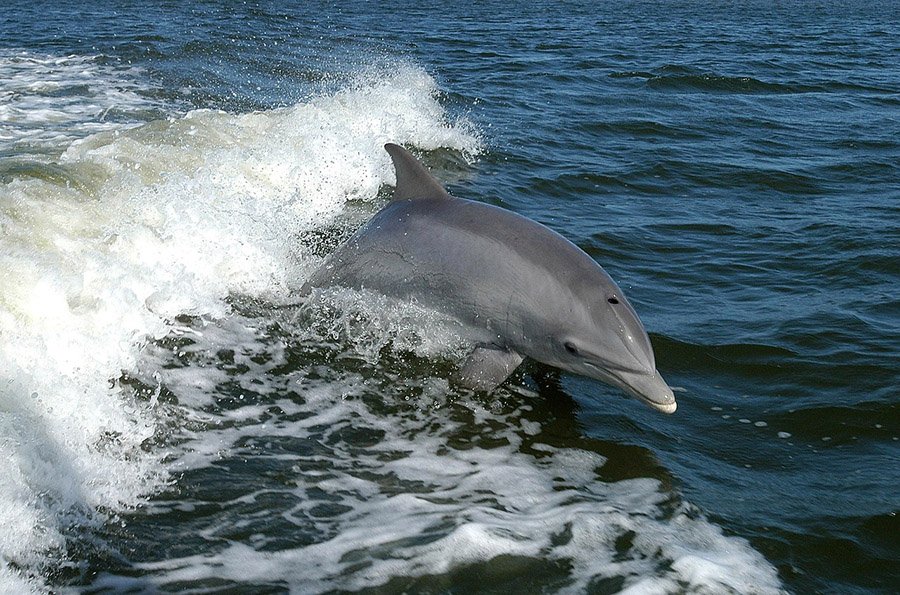
- Scientific name: Tursiops truncatus
- Type of animal: Mammal
- Conservation status: Least Concern
The bottlenose dolphin is one of the most well-known and energetic marine mammals, often seen leaping out of the water and riding waves. These dolphins are highly social, living in pods and exhibiting complex behaviors such as cooperative hunting and communication through vocalizations and body movements.
Bottlenose dolphins are found in warm and temperate seas worldwide, from coastal areas to the open ocean. They play a vital role in marine ecosystems but face threats from pollution, fishing nets, and habitat degradation.
Did you know? Bottlenose dolphins can recognize themselves in mirrors, a sign of self-awareness that is rare among animals.
How Do Energetic Animals Maintain Their High Energy Levels?
Energetic animals have evolved various adaptations to maintain their high energy levels, allowing them to thrive in their respective environments. These adaptations can be categorized into three main areas: metabolism, diet, and physical adaptations.
Firstly, many energetic animals have high metabolic rates that enable them to process food quickly and convert it into energy efficiently. For example, hummingbirds have incredibly high metabolism rates, which allows them to sustain the rapid wing beats required for hovering and flying long distances. This high metabolism also necessitates frequent feeding, often consuming several times their body weight in nectar each day.
Secondly, the diet of energetic animals is often specialized to provide the necessary nutrients and energy. Cheetahs, for instance, rely on a diet of high-protein meat that fuels their bursts of high-speed chases. Similarly, dolphins consume a diet rich in fish and squid, providing the energy required for their active swimming and acrobatics. These dietary preferences are crucial for maintaining the energy levels needed for their dynamic lifestyles.
Lastly, physical adaptations play a significant role in enabling these animals to sustain their energetic behaviors. For example, the streamlined bodies and strong, flexible spines of cheetahs allow for efficient high-speed running. Birds like the Arctic tern have lightweight bodies and long, narrow wings that facilitate long-distance migration. These physical traits have evolved over time, allowing these animals to maximize their energy efficiency and excel in their respective ecological niches.
In summary, the high energy levels of these remarkable animals are sustained through a combination of high metabolic rates, specialized diets, and physical adaptations that enhance their ability to thrive in their environments.
